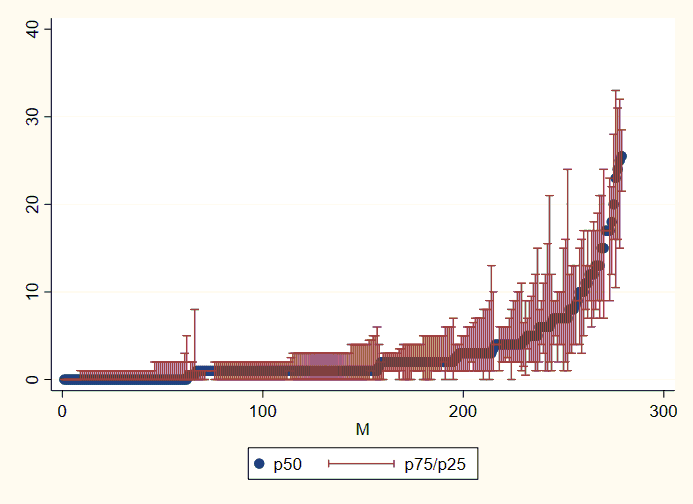Reasons for Kidney Transplant Patients to Have Outpatient Urine Cultures in the First Year Post-Transplant: An Analysis of the USRDS
V. Hemmige1, E. Akalin2, M. Kinkhabwala3
1Montefiore Medical Center, Bronx, NY, 2Albert Einstein College of Medicine, Montefiore Medical Ctr, Bronx, NY, 3Albert Einstein College of Medicine, Bronx, NY
Meeting: 2022 American Transplant Congress
Abstract number: 999
Keywords: Kidney, Urinalysis
Topic: Clinical Science » Infection Disease » 25 - Kidney Infectious Non-Polyoma & Non-Viral Hepatitis
Session Information
Session Name: Kidney Infectious Non-Polyoma & Non-Viral Hepatitis
Session Type: Poster Abstract
Date: Sunday, June 5, 2022
Session Time: 7:00pm-8:00pm
 Presentation Time: 7:00pm-8:00pm
Presentation Time: 7:00pm-8:00pm
Location: Hynes Halls C & D
*Purpose: Urine cultures are frequently sent in the first year after kidney transplant, but the reasons that testing is done post-transplant is not well understood. Understanding why clinicians order testing is key for implementing diagnostic stewardship
*Methods: We used the United States Renal Data System’s Institution and Physician Supplier files to identify urine cultures (HCPCS codes 87086 and 87088) for patients who underwent kidney transplant 2006-2014 with at least one year follow up with an intact graft. We used ICD-9 codes from the same day as urine cultures to identify the reasons patients underwent outpatient urine culture testing.
*Results: 64838 patients underwent a total of 672152 urine cultures in the first year post transplant. Reasons for urine culture ordering included suspected UTI (27.23%), fevers/chills (1.74%), urinary symptoms (9.66%), suspected pyelonephritis (1.36%), suspected sepsis (0.30%), nausea/vomiting (1.13%), fatigue (2.92%), abdominal pain (2.24%), abnormal labs (4.87%), pregnancy (0.15%), pre-procedural testing (0.72%), altered mental status (0.51%), or suspected bacterial infection (0.11%). Most urine cultures were not associated with any of the above diagnoses (56.0%); 90.4% of these urine cultures were associated with generic post-transplant diagnosis codes. Significant center-to-center variation was seen in the median number of urine cultures ordered per patient in the first year after transplant (p<0.01).
*Conclusions: Only a minority of urine cultures ordered in the first year after transplant 2006-2014 were associated with diagnosis codes suggesting a concern for infection; over 50% were associated with post-transplant diagnosis codes. Further studies should examine in further detail the reasons for center-to-center variation in urine culture ordering and the association with antibiotic ordering, to enable diagnostic stewardship in this population.
To cite this abstract in AMA style:
Hemmige V, Akalin E, Kinkhabwala M. Reasons for Kidney Transplant Patients to Have Outpatient Urine Cultures in the First Year Post-Transplant: An Analysis of the USRDS [abstract]. Am J Transplant. 2022; 22 (suppl 3). https://atcmeetingabstracts.com/abstract/reasons-for-kidney-transplant-patients-to-have-outpatient-urine-cultures-in-the-first-year-post-transplant-an-analysis-of-the-usrds/. Accessed December 18, 2025.« Back to 2022 American Transplant Congress

